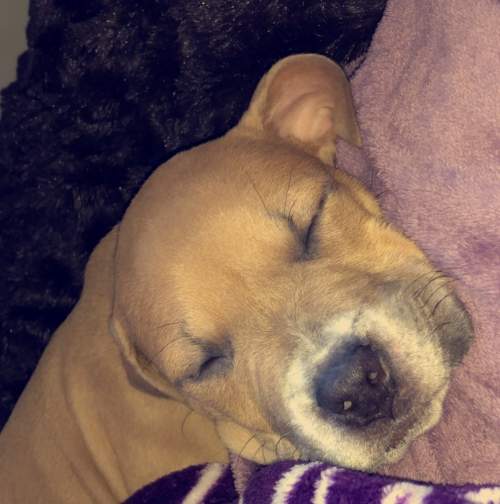Lab Video Transcript
( Online Experiment: Calorimetry
[Animated robot talking] In this...

Chemistry, 23.10.2020 14:40 jillianbarnes2565
Lab Video Transcript
( Online Experiment: Calorimetry
[Animated robot talking] In this experiment, we will use a constant pressure, or coffee cup calorimeter to determine the heat energy lost by a material, in this case, bread. [Materials: coffee cup calorimeter, digital balance, measuring cup, separate thermometer, water, slice of bread, digital timer, microwave]
First we add 236.6 grams of water to the smaller cup in the calorimeter. Replace the stopper with the thermometer on the calorimeter and record the initial temperature of the water. [Calorimeter with temperature reading of 26.5 degrees Celsius]
Next, roll the bread into a ball so that it will fit into the small cup of the calorimeter. Measure and record the mass of the bread ball. [Mass of the bread ball reads 48.5 grams]
Heat the ball of bread in the microwave. [For 45 seconds] Be careful, it will be hot. Quickly measure and record the temperature of the bread. [Heated bread ball is 95.5 degrees Celsius]
Quickly put the bread ball into the water in the calorimeter, put the stopper back on and immediately measure the temperature of the bread and water. [The bread ball is placed in the calorimeter and the temperature reads 27.0 degrees Celsius]
Measure the temperature of the bread and water in the calorimeter every 30 seconds for three minutes. Record the temperature at 30 seconds. [The temperature reads 27.6 degrees Celsius]
Measure and record the temperature at 60 seconds. [The temperature reads degrees 28.4 Celsius]
Measure and record the temperature at 90 seconds. [The temperature reads degrees 29.6 Celsius]
Measure and record the temperature at 120 seconds. [The temperature reads degrees 30.8 Celsius]
Measure and record the temperature at 150 seconds. [The temperature reads degrees 31.7 Celsius]
Measure and record the temperature at 180 seconds. [The temperature reads degrees 32.5 Celsius]
Use your data and observations to answer the questions in the assignment.)
Questions/Results
Heat energy, Q, is calculated by multiplying the mass of the object in grams, m, by the change of temperature, mΔT, and the specific heat, Cp, of the material.
Q = mΔT(Cp)
Calculate the heat lost from the bread at each interval. Assume that the specific heat capacity of bread is 2.73 J/g °C.
Calculate the heat gained by the water at each interval. Assume that the specific heat capacity of water is 4.19 J/g °C.
Based upon the results in Questions 1 and 2, formulate a hypothesis regarding the transfer of heat between the bread and the water.
Identify at least one improvement that could be made to this experiment. Justify your response in two or more complete sentences.
What other household items could be used with your calorimeter? Do you expect to get a different result? Justify your response in two or more complete sentences.
Submission Requirements
Title of Lab:
Data Tables:
Questions/Results:

Answers: 2
Another question on Chemistry

Chemistry, 22.06.2019 01:00
What are the variables in gay-lussac’s law? pressure and volume pressure, temperature, and volume pressure and temperature volume, temperature, and moles of gas
Answers: 1

Chemistry, 22.06.2019 10:10
When water dissociates, each water molecule splits into a hydroxide ion and a) h 3 o + b) a hydrogen atom c) a hydrogen ion d) h 2 o e) oh —
Answers: 2

Chemistry, 22.06.2019 19:00
Which is the solubility product expression for caf2(s)?  [ca2+]/[f–]2  [ca2+][f2–]  [ca]+[f]2  [ca2+][f–]2
Answers: 3

Chemistry, 23.06.2019 13:30
The dashed segment of the plotted experiment in the graph in the lesson is called an: interpolation extrapolation extension assumption
Answers: 1
You know the right answer?
Questions


Social Studies, 12.12.2020 16:50



Geography, 12.12.2020 16:50

Physics, 12.12.2020 16:50

Mathematics, 12.12.2020 16:50

Mathematics, 12.12.2020 16:50

History, 12.12.2020 16:50


Mathematics, 12.12.2020 16:50


Mathematics, 12.12.2020 16:50


Mathematics, 12.12.2020 16:50


History, 12.12.2020 16:50


Mathematics, 12.12.2020 16:50




